Gary's big goal for this summer was to get the first section of road that will give us access to the back of the property. The first section being from the driveway to the pig yard. So at the end of May the area looked like this
We also managed to have one rotation of meat birds. They will be starting to graduate soon, and I have 8 laying birds growing in the chicken area. The chickens have actually ended up doing really well in their little sun-dappled area at the bend in the "road". I am thinking of just beefing up the defenses of this hut and adding a few nest boxes to keep the layers in this winter.
Moving the basement door is going to be the real game changer. Once that wall is blocked up Gary can expand the sprouts operation and we will notice a real difference in the power usage this yaer as the old door funneled cold wind directly onto the hot water tank.
There is also going to be time for one larger infrastructure project this fall. We are going to be talking workshops this weekend and I will let you know what we decide on. The infrastructure project will be directly related to which workshops we decide to have next year...so stay tuned.
It has been a busy summer, and will continue to be so until freeze up. But when winter finally hits this year we will be much more secure and settled and ready to take great leaps forward in our plan to teach others the skills we have and in doing so learn from them.
It is not always easy, but is is possible. You have the dream, start taking action that will bring the dream closer. Piece by piece it comes together, but you need to start. Small steps everyday and suddenly you are miles fromwhere you started. IT IS POSSIBLE! Start living your dream today.
I'll be back Monday, have a great weekend everyone!

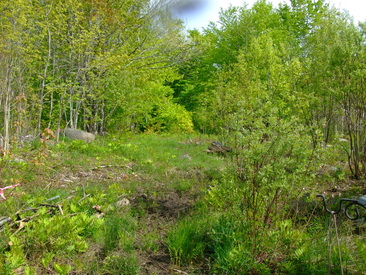

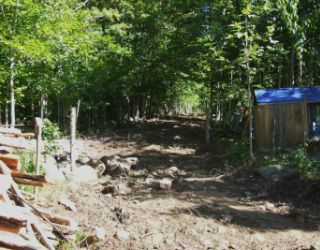

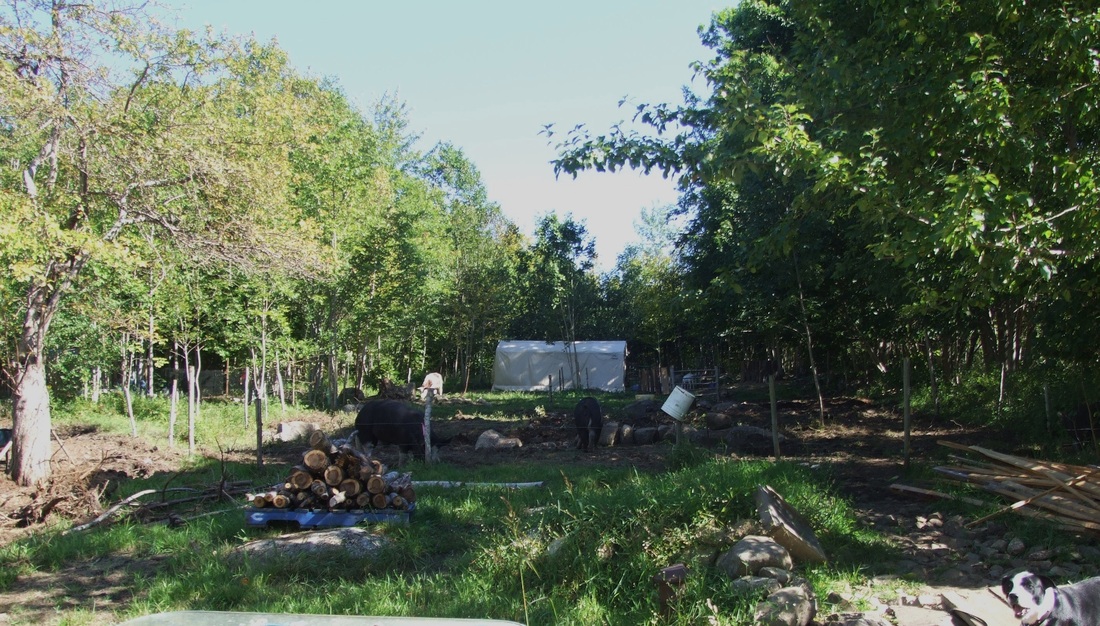
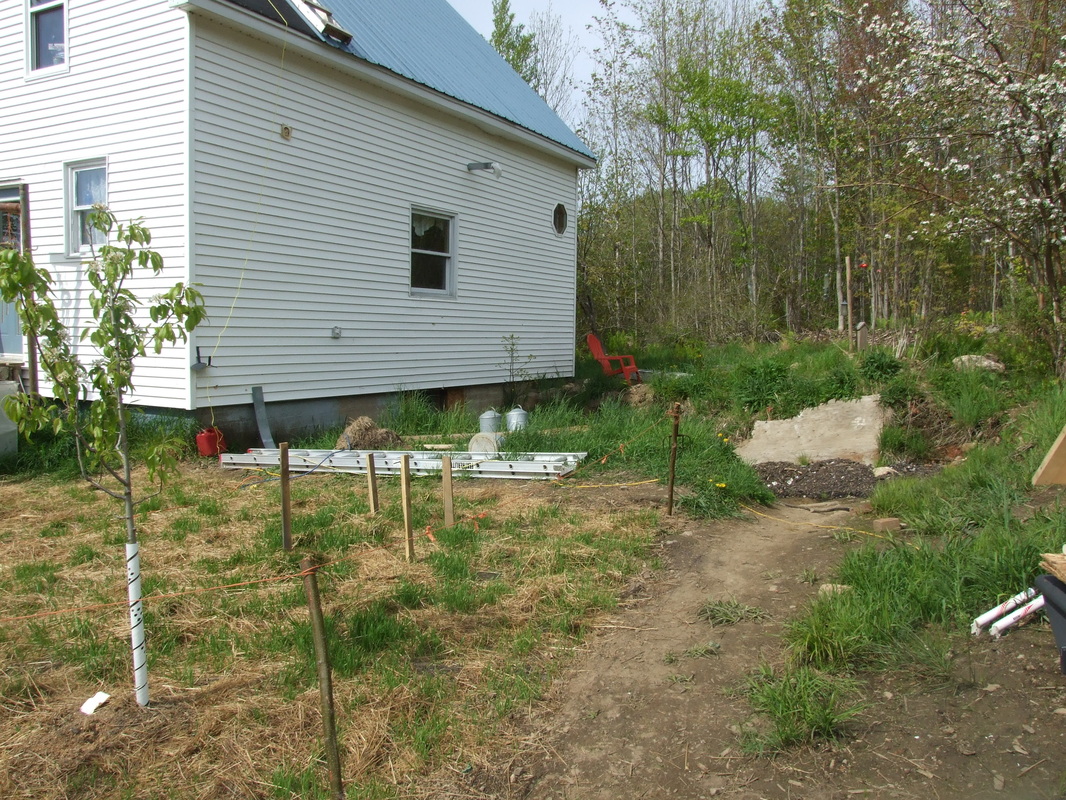
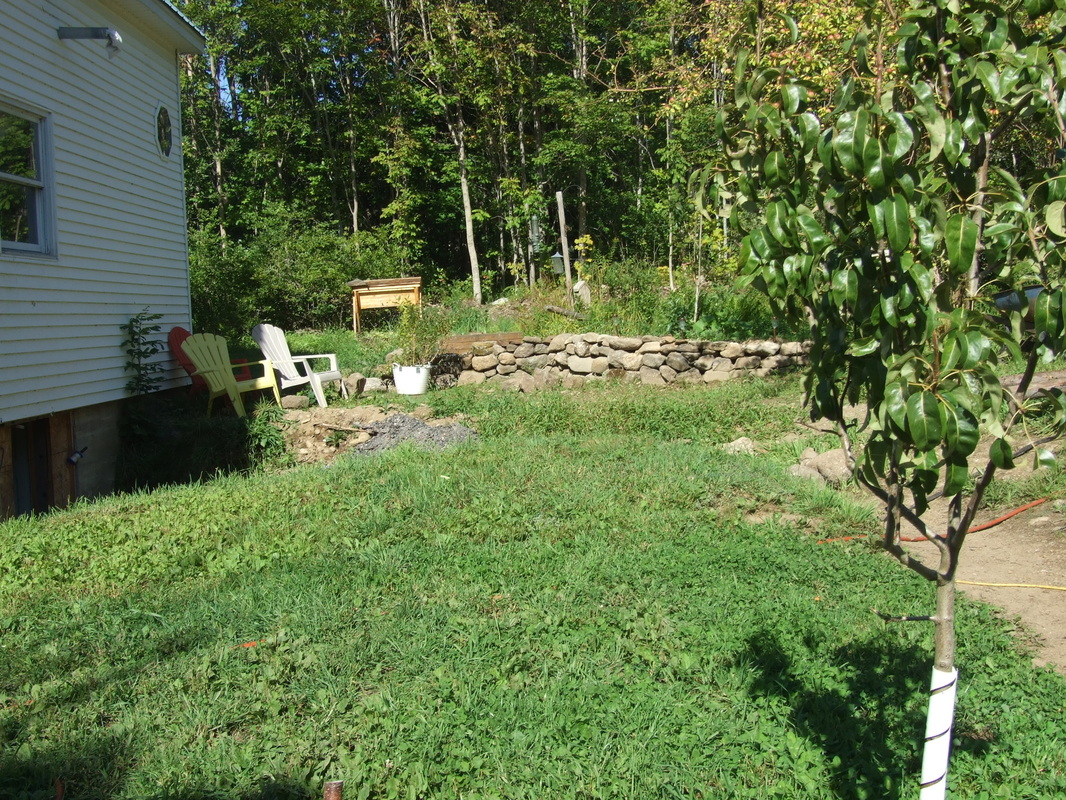
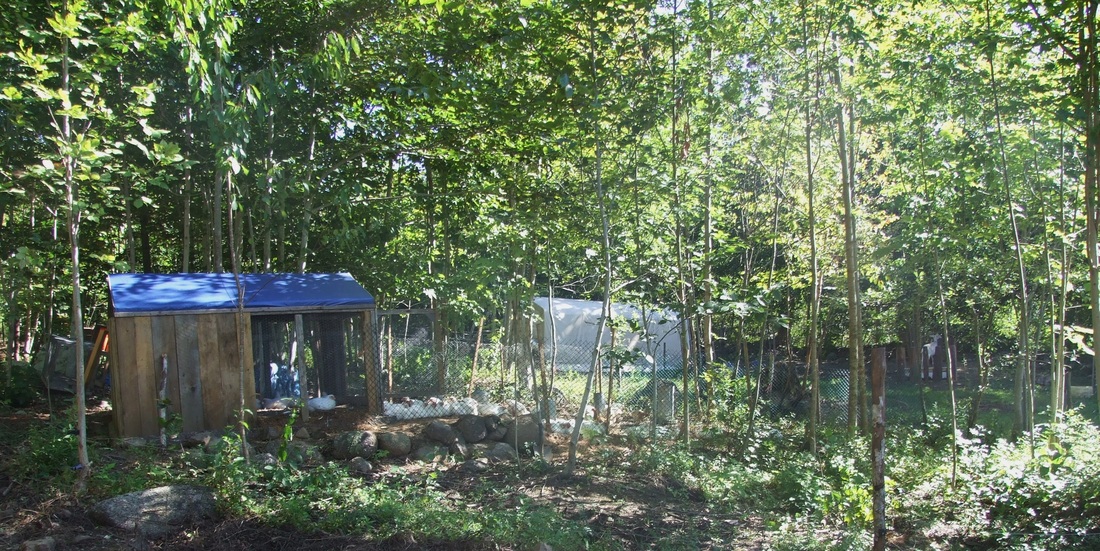
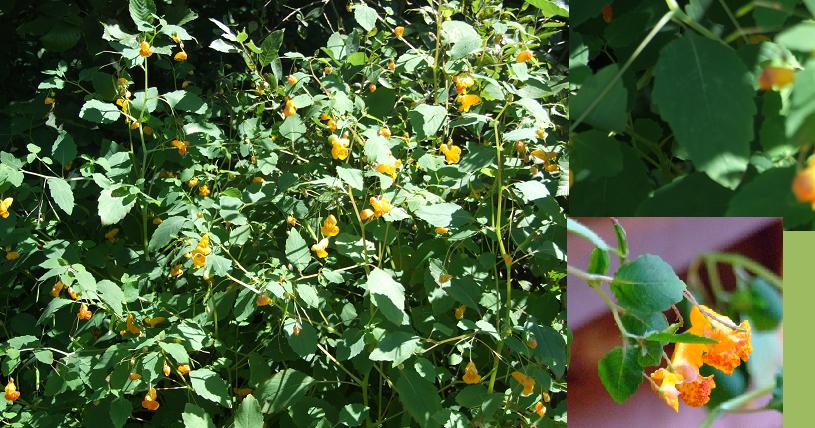
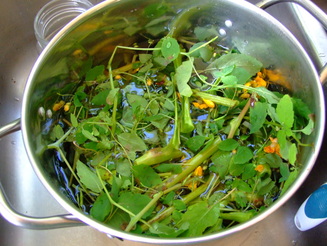
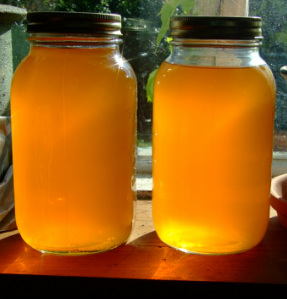
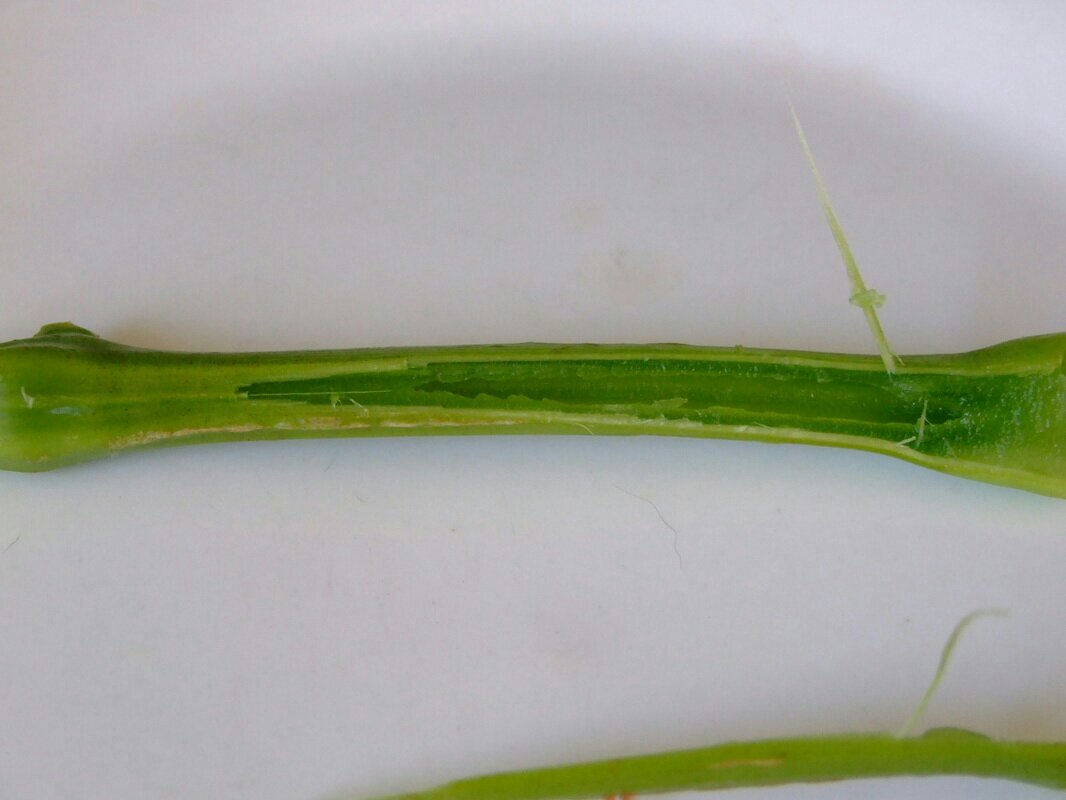

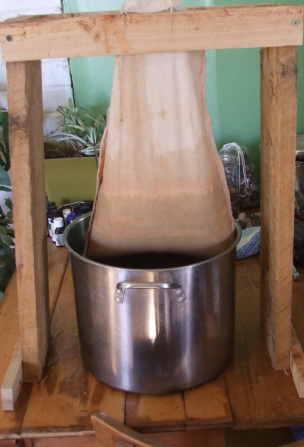
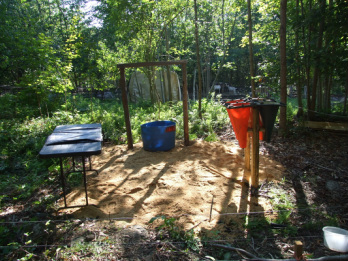
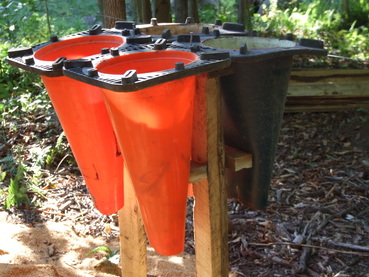
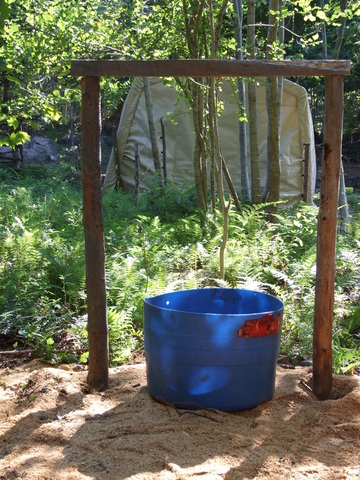
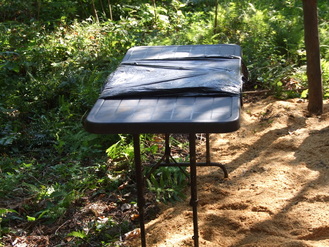
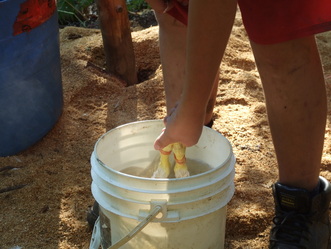

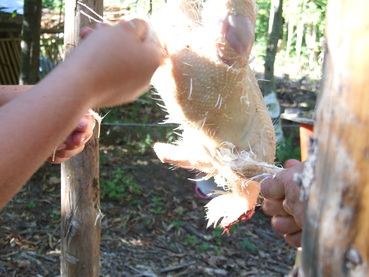
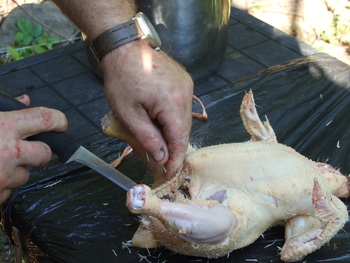
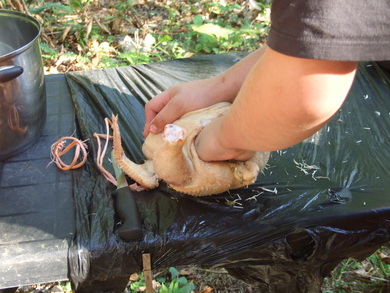


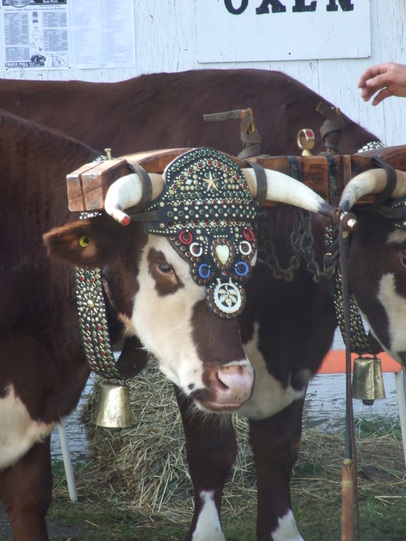
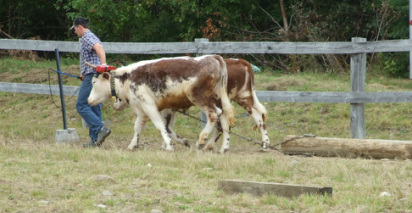
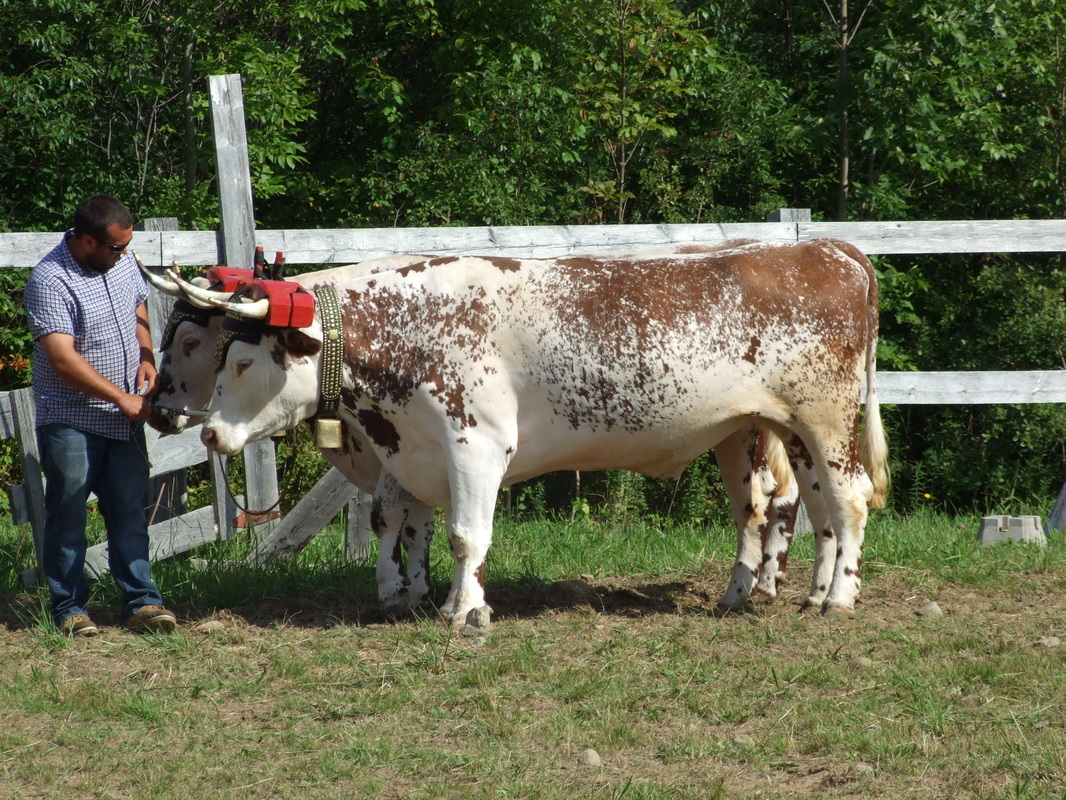
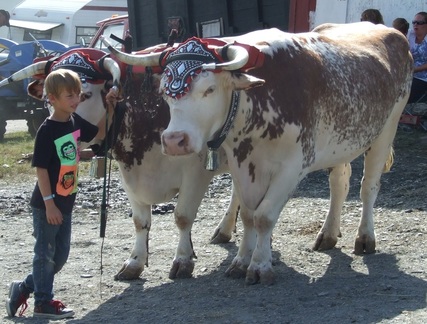
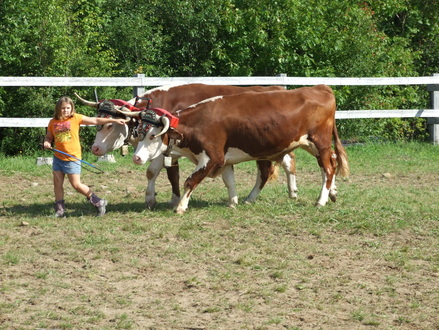
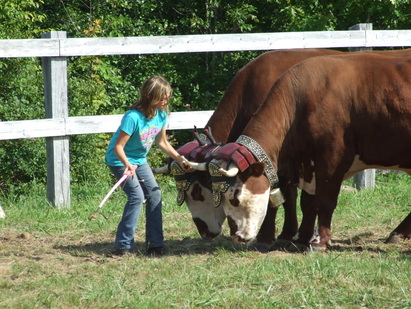
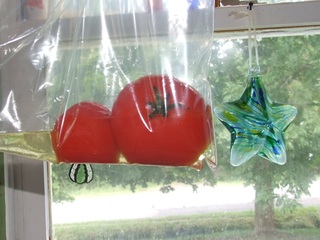
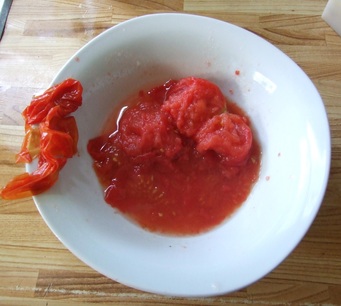
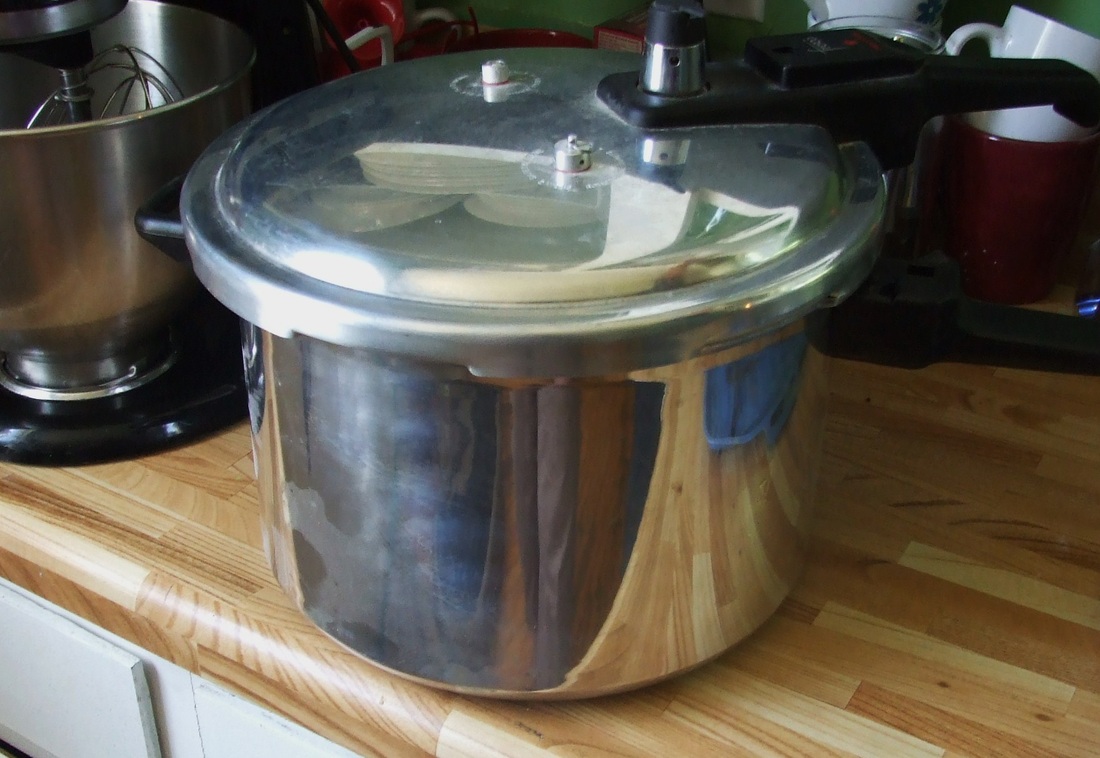
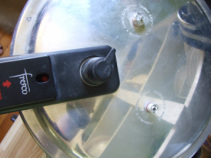
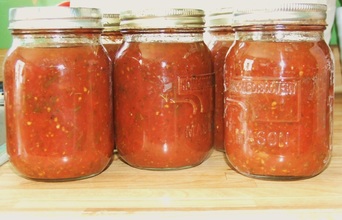
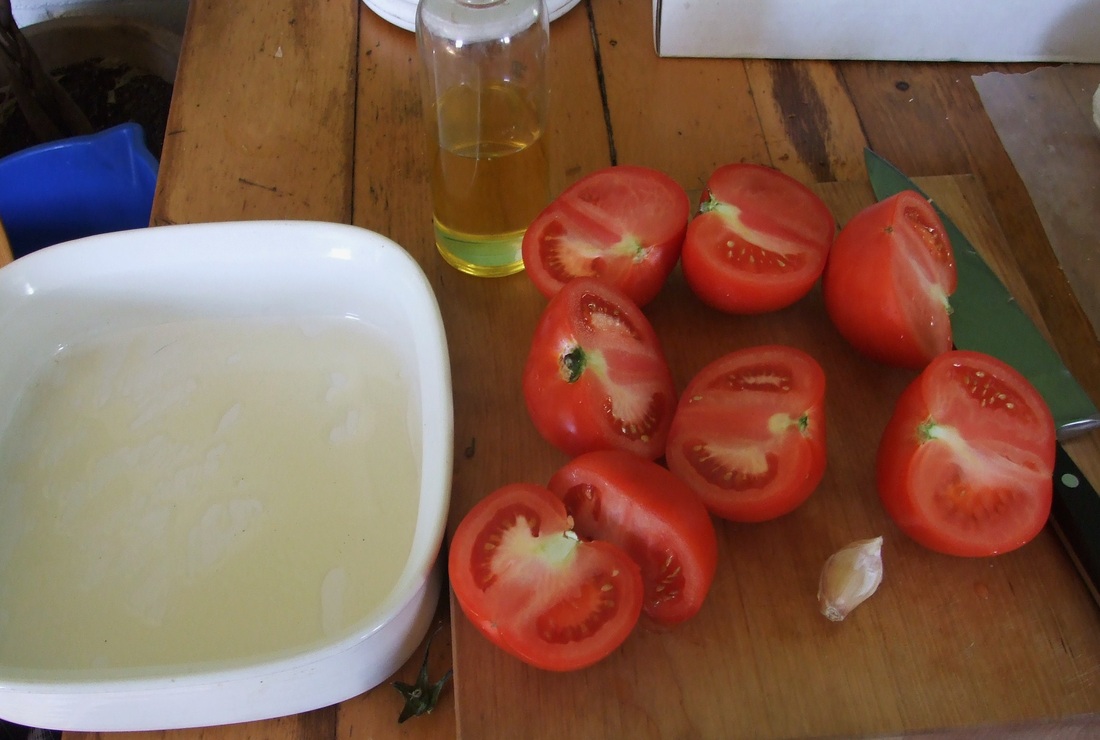
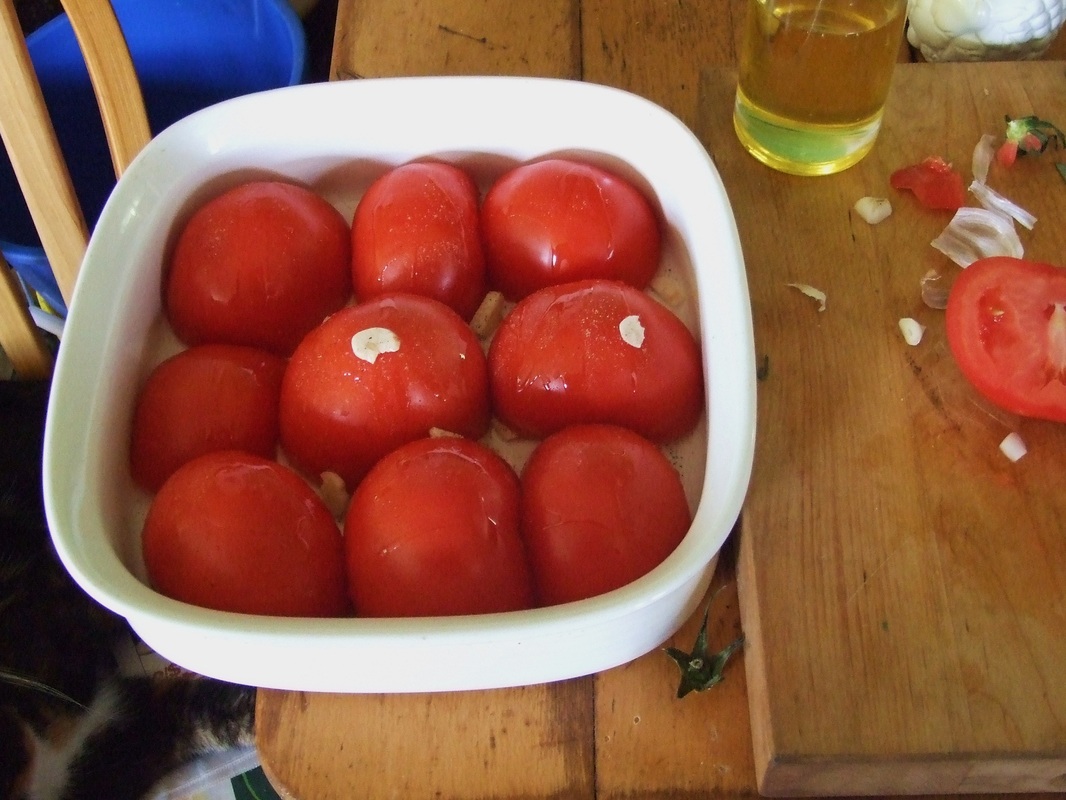
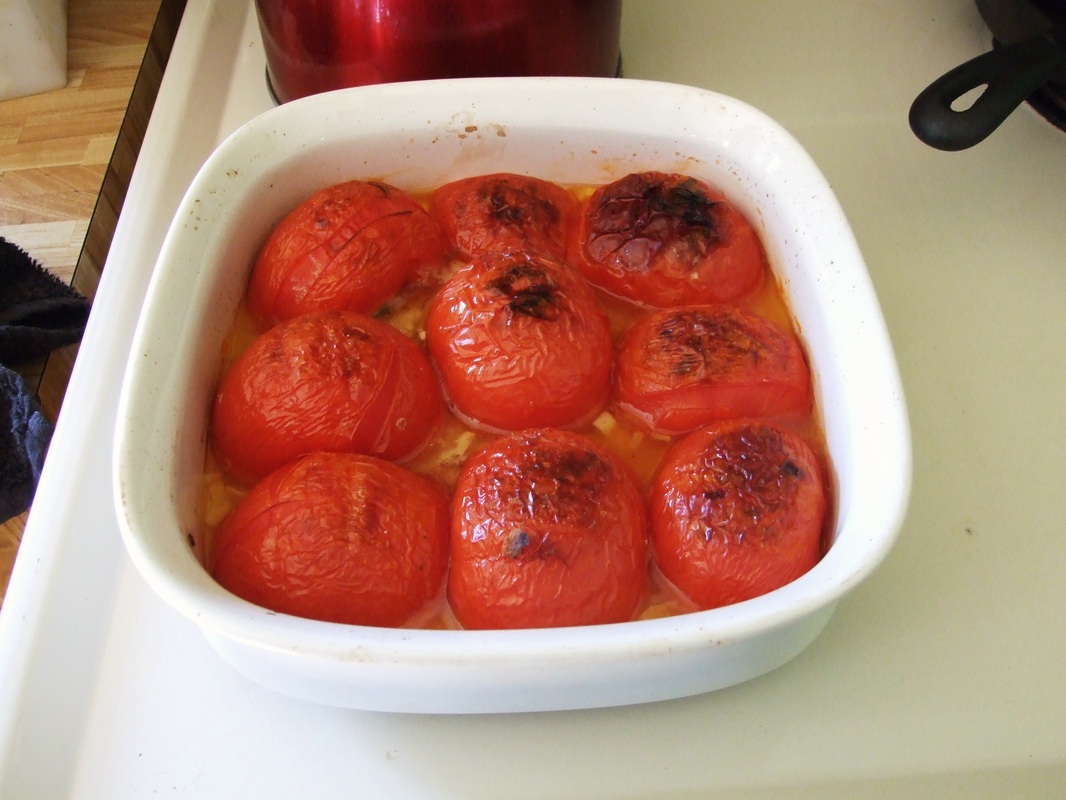
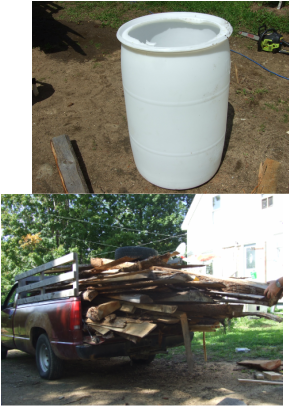

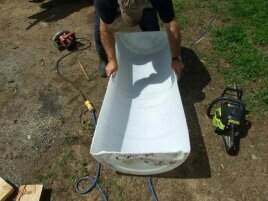
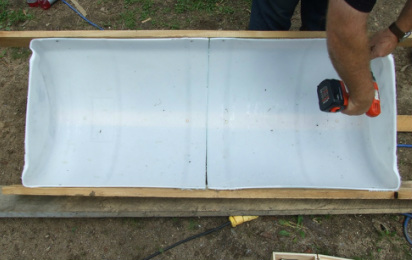
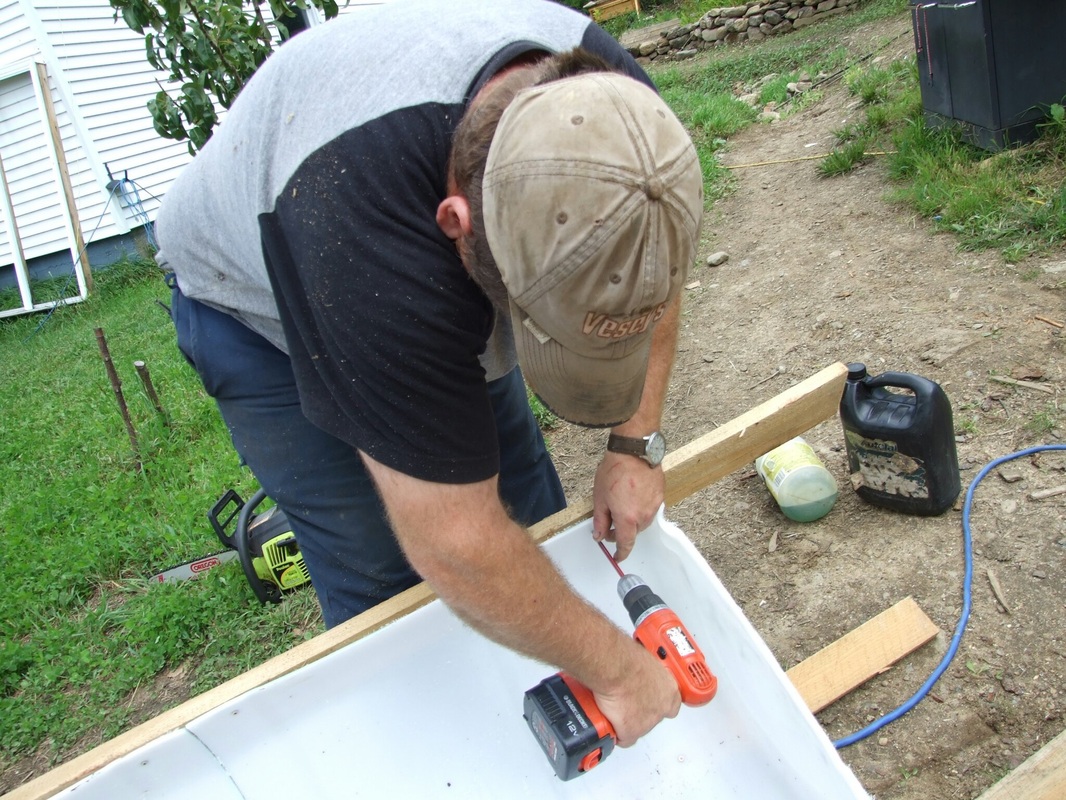
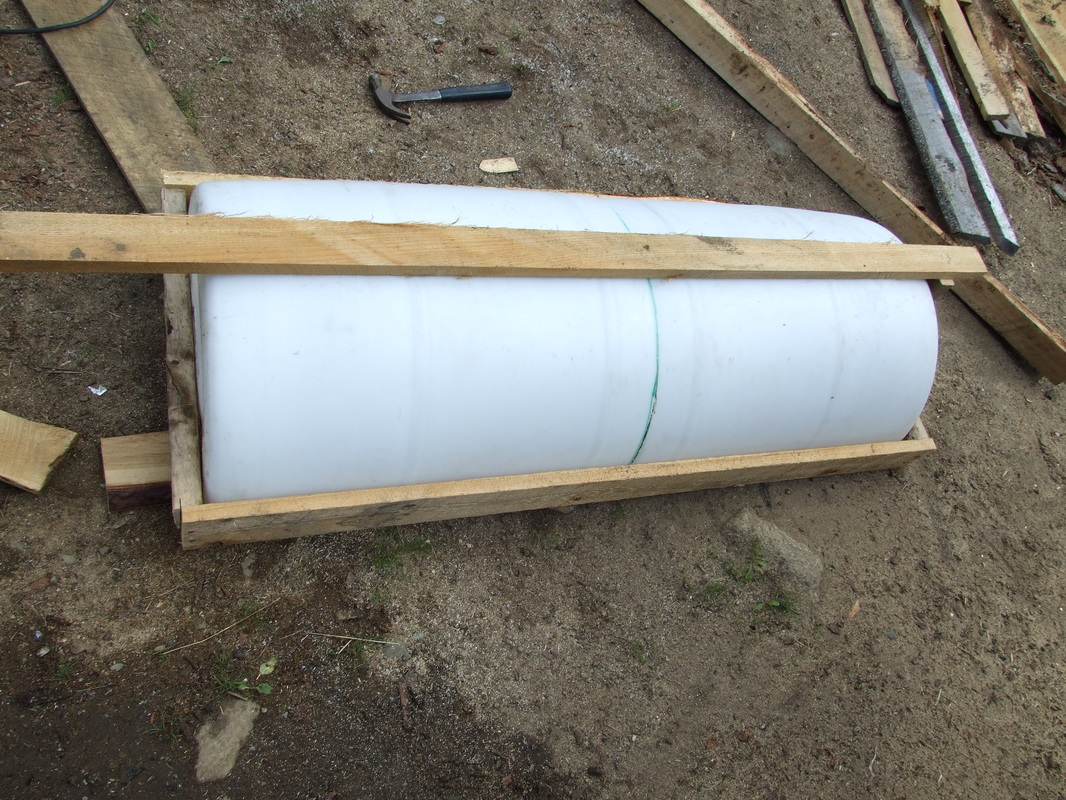
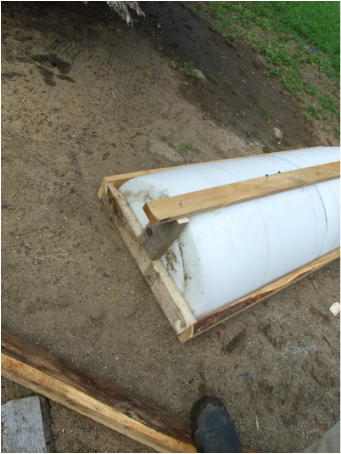
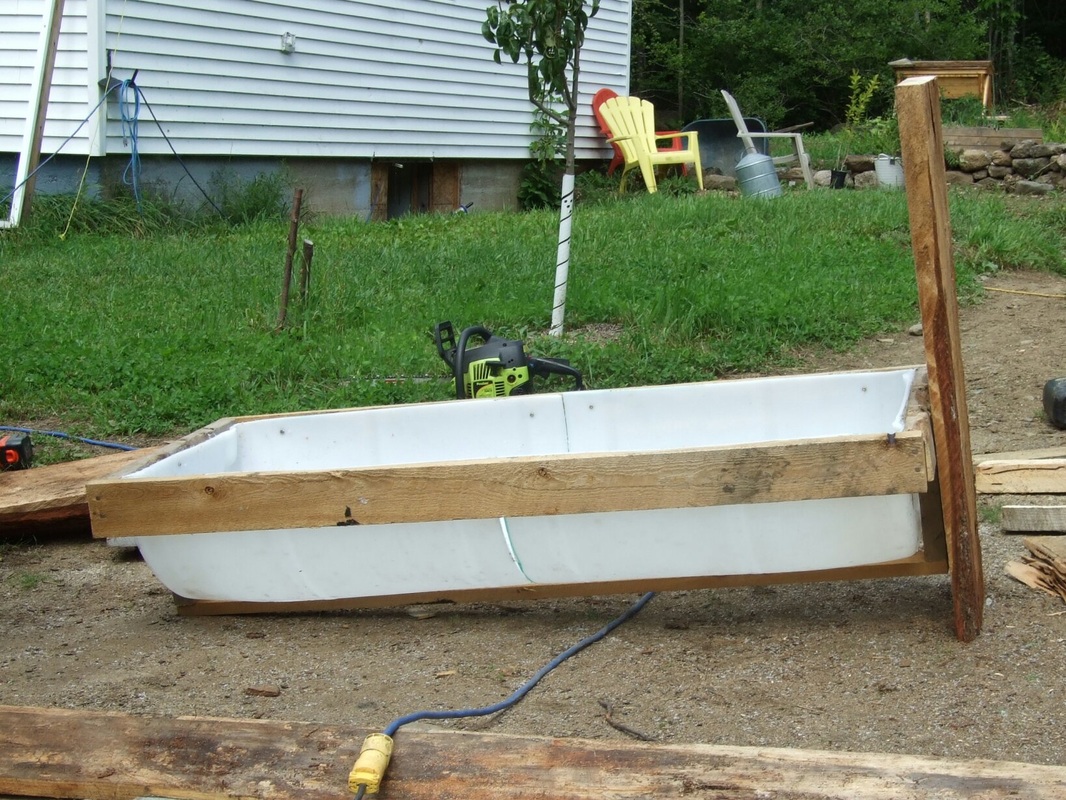
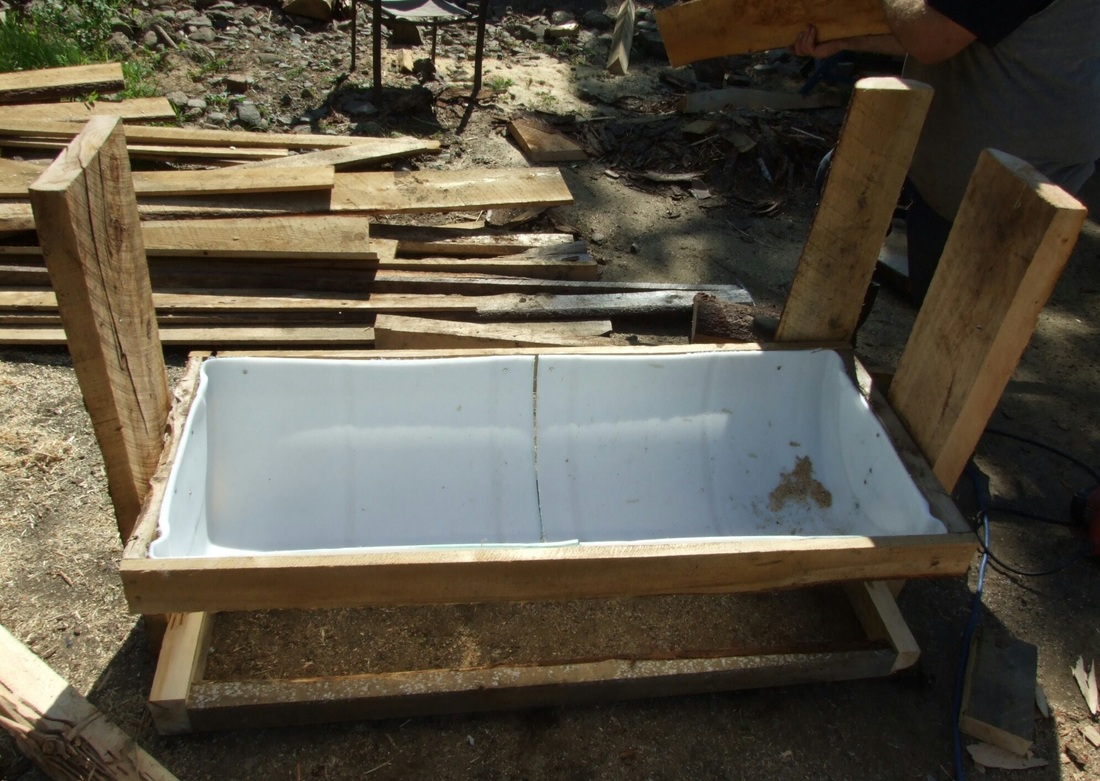
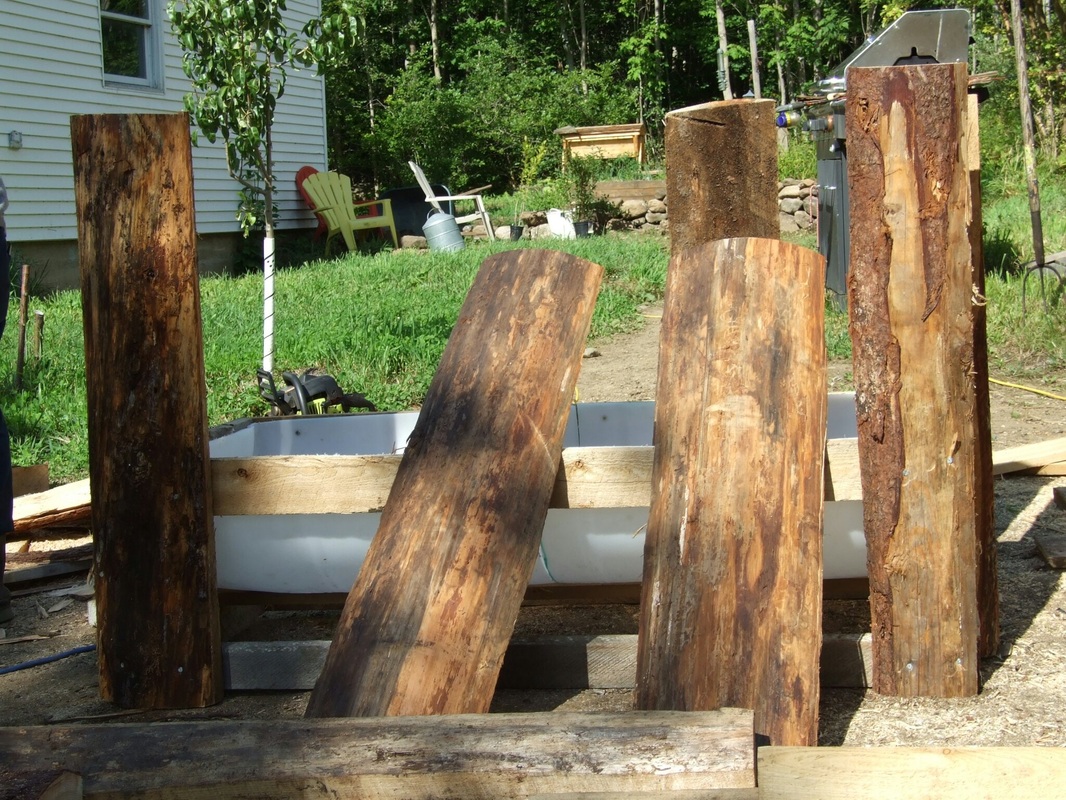
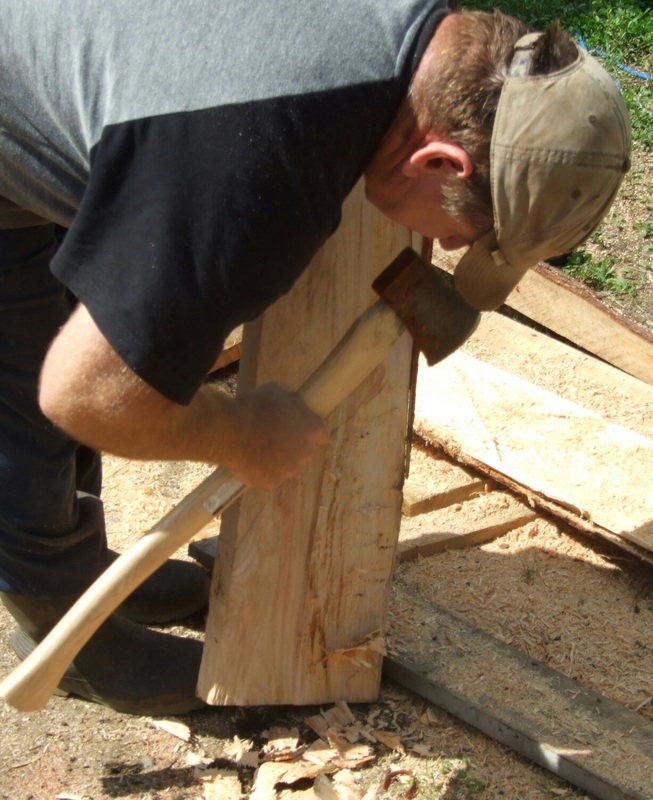
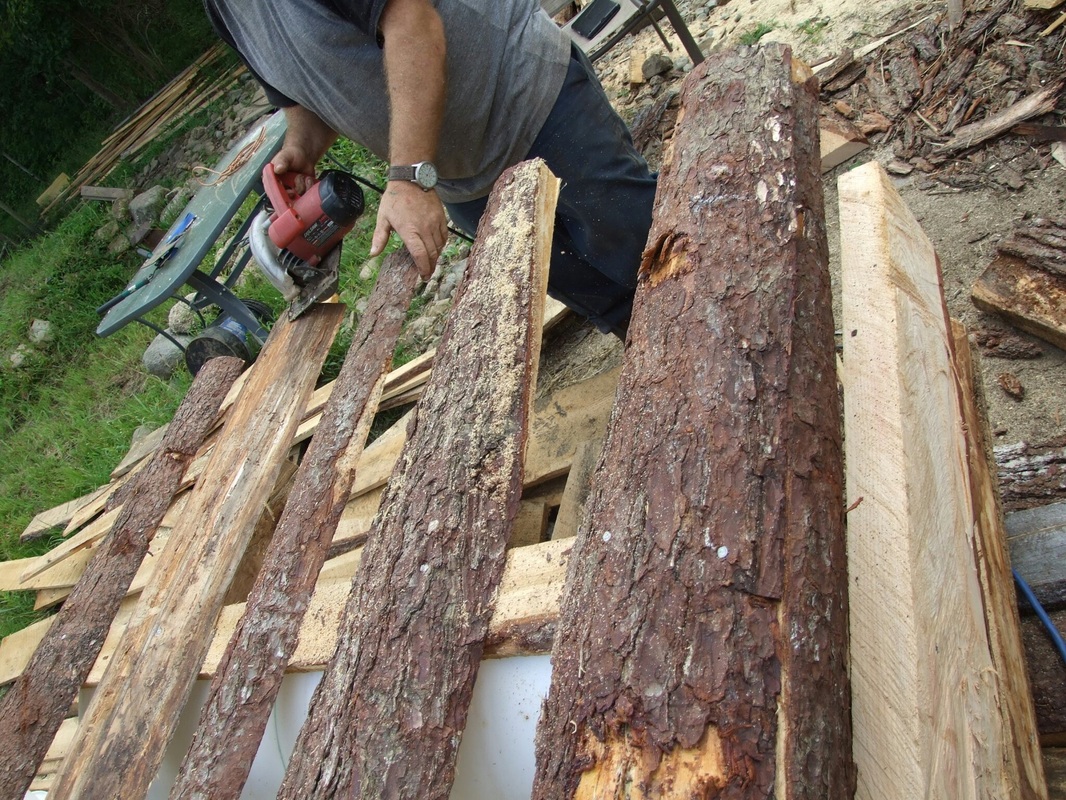
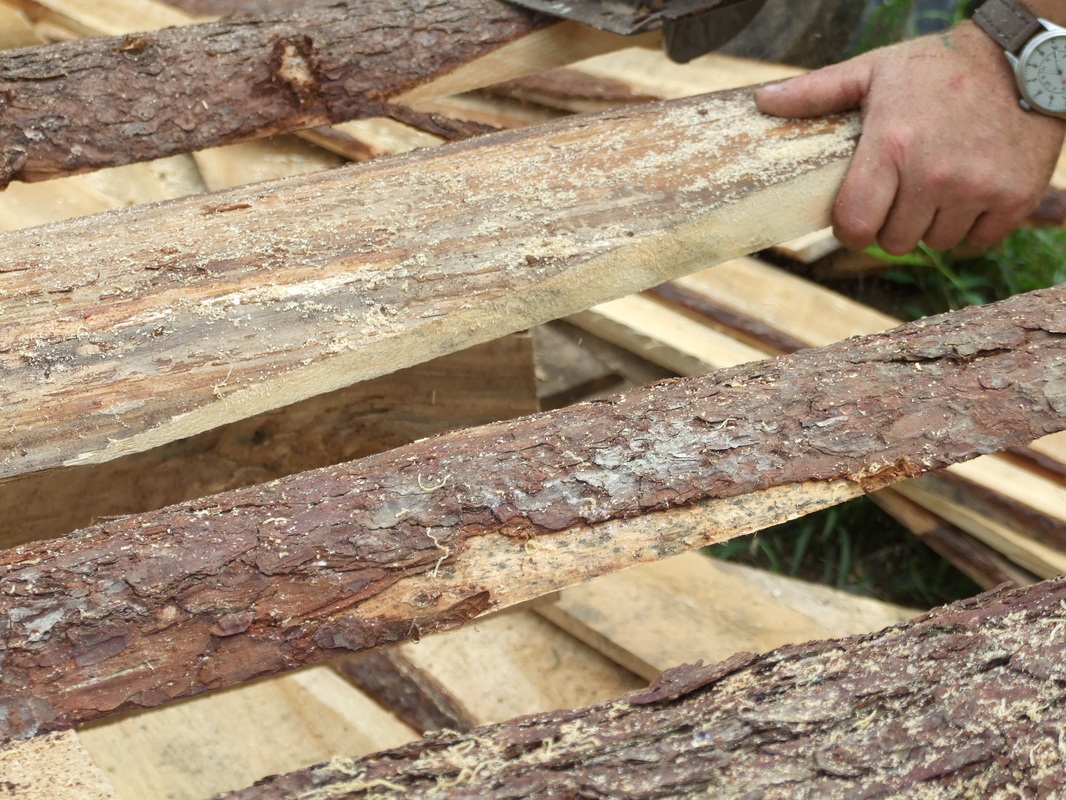
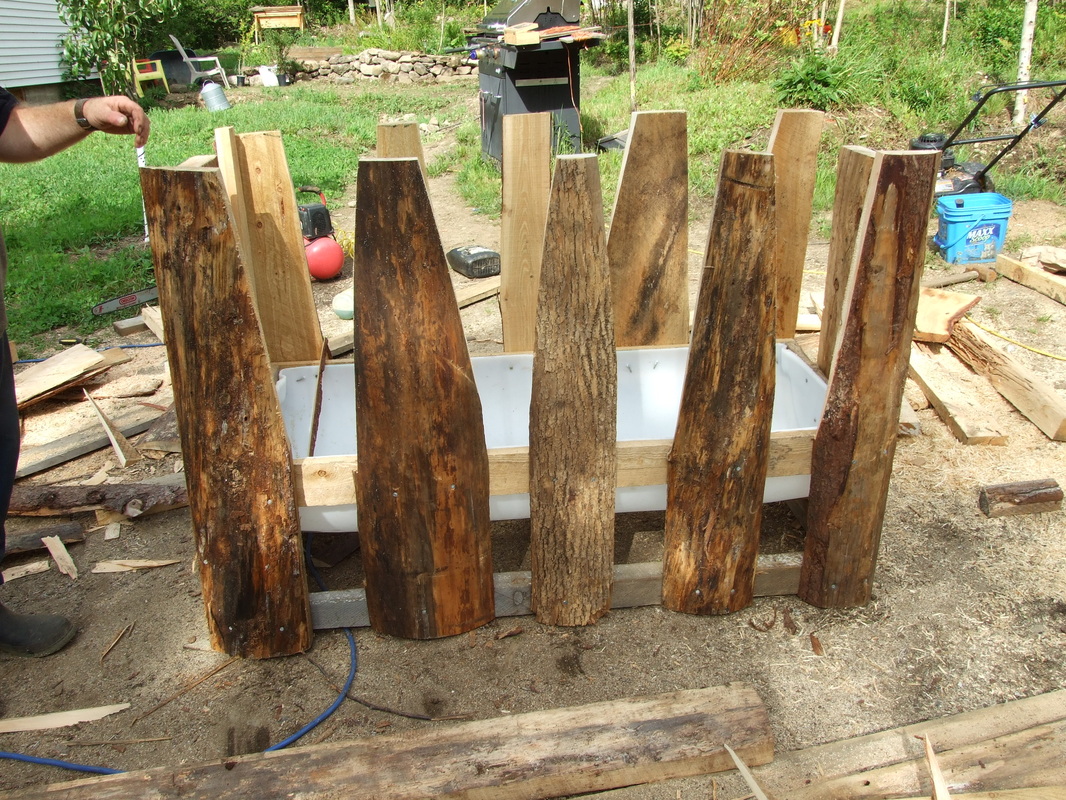


 RSS Feed
RSS Feed
